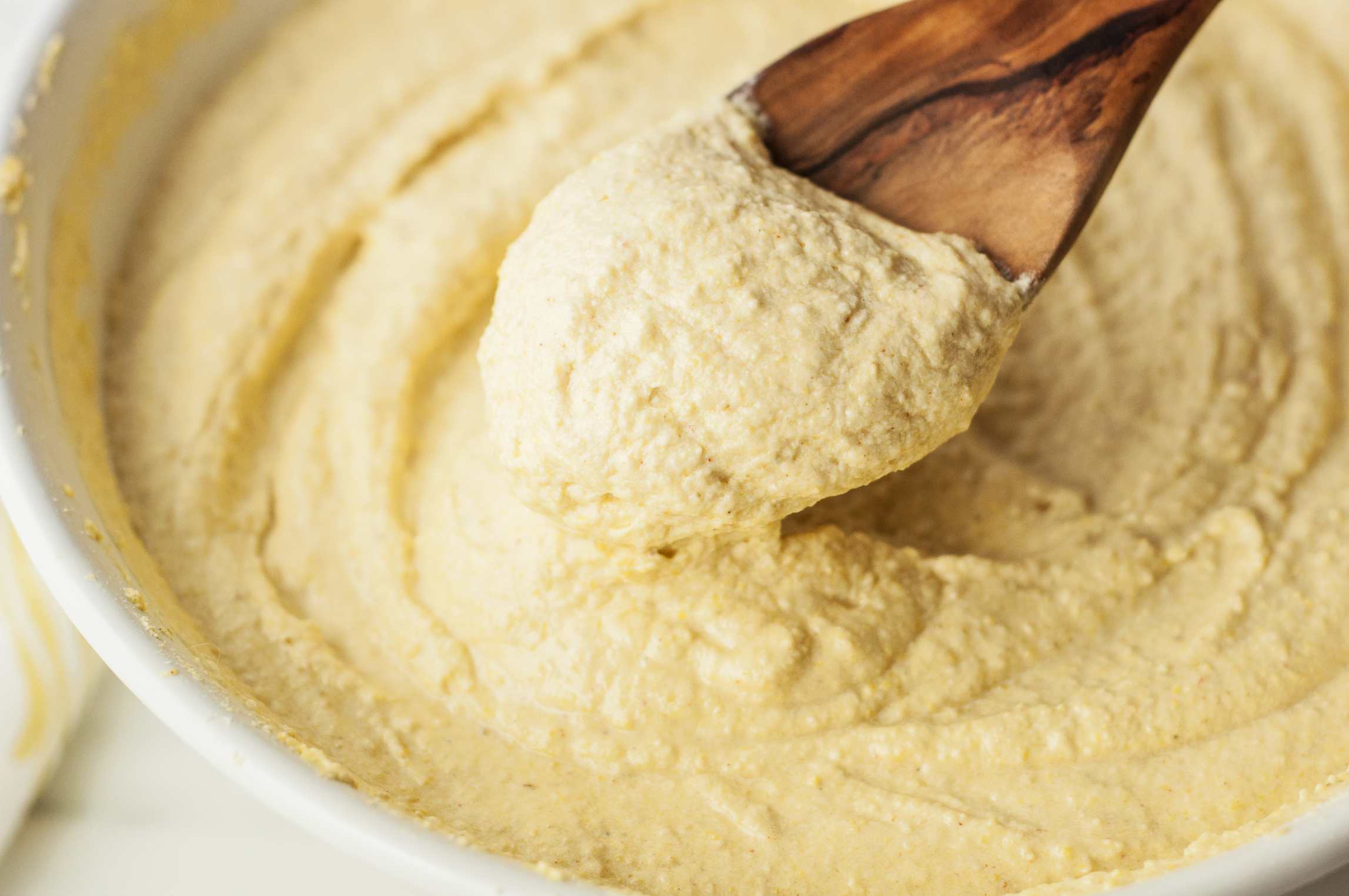

Articles
How To Store Masa Dough
Modified: December 7, 2023
Learn how to store masa dough and keep it fresh with our informative articles. Discover helpful tips and tricks for preserving your homemade masa dough.
(Many of the links in this article redirect to a specific reviewed product. Your purchase of these products through affiliate links helps to generate commission for Storables.com, at no extra cost. Learn more)
Introduction
Welcome to the world of masa dough! If you are a fan of Mexican cuisine, chances are you have come across this versatile dough in dishes like tamales, tortillas, and gorditas. Masa dough is a staple in many traditional recipes, known for its distinct flavor and texture.
But what happens when you have leftover masa dough that you want to save for later? Storing masa dough properly is key to preserving its freshness and ensuring it retains its quality when you’re ready to use it again. In this article, we will walk you through the ins and outs of storing masa dough, sharing tips and tricks to maximize its shelf life.
Before we dive into the storage methods, let’s take a closer look at what masa dough is and why it is essential to handle it with care.
Key Takeaways:
- Properly storing masa dough is crucial for maintaining its freshness and quality. Freezing and refrigerating are effective methods, each with its own advantages, ensuring you have fresh dough whenever you need it.
- When handling refrigerated or frozen masa dough, allow it to come to room temperature, knead it briefly, and adjust the moisture if necessary. Experiment with flavors and enjoy the process of creating delicious masa-based dishes.
Read more: How To Store Beignet Dough
Understanding Masa Dough
Masa dough is a traditional dough used in Mexican cuisine. It is made from corn that has been soaked in an alkaline solution, such as lime water, which helps break down the tough outer hull of the corn and improves its texture and digestibility. The resulting dough, known as masa, has a unique flavor and aroma.
Masa dough can be used to make a variety of dishes, including tortillas, tamales, pupusas, and so much more. Its versatility is part of what makes it so special and cherished in Mexican cooking.
When making masa dough, two types of corn are typically used: dent corn, also known as field corn, and sweet corn. Dent corn is more commonly used due to its higher starch content, which gives masa dough its desired texture and consistency. Sweet corn, on the other hand, can be used to create a sweeter masa dough.
While it is possible to buy pre-made masa dough, many home cooks prefer to make their own from scratch. Making masa dough from fresh corn, rather than using masa harina (a dried and powdered form of masa dough), can yield superior flavor and texture. However, the process can be time-consuming and requires soaking the corn overnight and grinding it to a fine texture.
Whether you make your own masa dough or buy it from a store, knowing how to store it properly is crucial to maintain its quality and freshness. The next section will guide you through the factors to consider before storing masa dough.
Factors to Consider Before Storing Masa Dough
Before you store masa dough, there are a few important factors to consider. These factors will help you determine the best method and duration for storing masa dough to maintain its taste and texture.
1. Freshness: Masa dough is best stored when it is fresh. If you have made the dough yourself, try to use it within a day or two for optimal results. The fresher the dough, the better the taste and texture.
2. Ingredients: The ingredients used in the masa dough can affect its storage life. If you added any perishable ingredients such as milk, cheese, or meat to the dough, it is essential to take this into account when deciding how long to store it. These ingredients may shorten the shelf life of the dough and require more careful storage.
3. Hygiene: Proper hygiene is crucial when handling masa dough. Make sure your hands and all utensils used in preparing and storing the dough are clean to avoid contamination and the growth of bacteria.
4. Temperature: Masa dough is highly sensitive to temperature changes. It is important to store the dough at the right temperature to prevent it from spoiling or becoming too dry. Extreme heat or cold can negatively affect the quality of the dough.
Now that you understand the key factors to consider, let’s move on to the different methods for storing masa dough.
Methods for Storing Masa Dough
When it comes to storing masa dough, there are two primary methods: freezing and refrigerating. Both methods have their advantages and can help extend the shelf life of the dough. Let’s explore each method in detail.
1. Freezing Masa Dough:
Freezing masa dough is an excellent option if you have a large batch or if you want to store it for an extended period. Here’s how to do it:
- Divide the masa dough into smaller portions. This will make it easier to thaw only what you need later on.
- Shape the dough into discs or balls and wrap each portion individually in plastic wrap or place them in airtight freezer bags.
- Label each package with the date and contents to keep track of when it was frozen.
- Place the wrapped or bagged portions in the freezer and make sure they are stacked neatly to save space.
When you’re ready to use the frozen masa dough, follow these steps:
- Remove the desired portion from the freezer and let it thaw in the refrigerator overnight.
- Once thawed, let the dough come to room temperature before using it.
- Knead the dough briefly to restore its elasticity and smooth texture before shaping and cooking it.
2. Refrigerating Masa Dough:
If you plan to use the masa dough within a few days, refrigeration is a convenient method. Here’s how to do it:
- Shape the masa dough into a ball and wrap it tightly in plastic wrap.
- Place the wrapped dough in an airtight container or a resealable plastic bag to protect it from absorbing any odors from the fridge.
- Label the container with the date.
- Store the dough in the coldest part of your refrigerator, ideally at 40°F (4°C) or below.
When you’re ready to use the refrigerated masa dough, keep these tips in mind:
- Let the dough come to room temperature before using it. This will make it easier to work with and shape.
- Knead the dough briefly to restore its texture and pliability.
- If the dough feels too dry after refrigeration, you can add a small amount of water or broth to moisten it.
Now that you know the different methods for storing masa dough, let’s move on to some tips for handling refrigerated or frozen masa dough.
Store masa dough in an airtight container in the refrigerator for up to 3 days. If you need to store it longer, wrap it tightly in plastic wrap and then place it in a resealable plastic bag in the freezer for up to 3 months.
Freezing Masa Dough
Freezing masa dough is a great way to extend its shelf life and have it readily available for future use. By properly freezing the dough, you can maintain its taste, texture, and freshness. Here are the steps to freeze masa dough:
- Divide the masa dough into smaller portions. This will make it easier to thaw only what you need later on.
- Shape the dough into discs or balls and wrap each portion individually in plastic wrap. Make sure the wrap is tight and completely covers the dough to prevent freezer burn.
- If you prefer using freezer bags, place each wrapped portion in airtight freezer bags, squeezing out any excess air before sealing them.
- Label each package with the date and contents to keep track of when it was frozen.
- Place the wrapped or bagged portions in the freezer and make sure they are stacked neatly to save space.
When you’re ready to use the frozen masa dough, follow these steps:
- Remove the desired portion from the freezer and let it thaw in the refrigerator overnight. Slow thawing in the fridge ensures a more even thaw and minimizes the risk of bacterial growth.
- Once thawed, let the dough come to room temperature before using it. This can take 1-2 hours, depending on the size of the portion.
- Knead the dough briefly to restore its elasticity and smooth texture before shaping and cooking it.
It is important to note that freezing will prolong the shelf life of the masa dough, but it may alter its texture slightly. The thawed dough might feel slightly softer compared to freshly made dough, but it will still be perfectly usable for making delicious Mexican dishes.
Freezing masa dough allows you to have it on hand whenever you crave homemade tortillas, tamales, or any other masa-based delicacies. It also saves you time and effort in preparing the dough every time you want to cook with it, making it a convenient option for busy individuals.
Now that you know how to freeze masa dough, let’s explore the process of refrigerating it in the next section.
Read more: How To Store Homemade Dough
Refrigerating Masa Dough
Refrigerating masa dough is a convenient method if you plan to use it within a few days. By keeping the dough in the refrigerator, you can maintain its freshness while also making it easily accessible for future use. Here are the steps to properly refrigerate masa dough:
- Shape the masa dough into a ball and wrap it tightly in plastic wrap. Ensure that the entire surface of the dough is covered to prevent it from drying out.
- Place the wrapped dough in an airtight container or a resealable plastic bag to further protect it from absorbing any odors or flavors in the fridge.
- Label the container or bag with the date to keep track of when the dough was refrigerated.
- Store the dough in the coldest part of your refrigerator, ideally at 40°F (4°C) or below.
When you’re ready to use the refrigerated masa dough, keep these tips in mind:
- Allow the dough to come to room temperature before using it. Cold masa dough can be stiff and difficult to work with, so allowing it to warm up will make it easier to shape.
- Knead the dough briefly to restore its texture and pliability. This helps distribute moisture evenly and ensures the dough is more elastic.
- If the dough feels too dry after refrigeration, you can add a small amount of water or broth to moisten it. This will help bring back the desired consistency for your recipes.
Refrigerating masa dough is a convenient option if you want to have it readily available for a short period. It allows you to prepare the dough in advance and save time when making dishes like tortillas or tamales.
Remember that refrigerating masa dough will keep it fresh for a limited time, typically up to three to five days. Beyond this time frame, the quality of the dough may start to deteriorate, and it is advisable to freeze it instead for longer storage.
With the knowledge of both freezing and refrigerating methods, you can choose the best option based on your needs and timeframe. Next, we will provide you with some useful tips for handling refrigerated or frozen masa dough.
Tips for Handling Refrigerated or Frozen Masa Dough
Whether you are working with refrigerated or frozen masa dough, here are some helpful tips to ensure successful handling and delicious results:
- Allow the dough to come to room temperature: Whether you are using refrigerated or frozen masa dough, it is essential to let it come to room temperature before using it. This allows the dough to soften and become more pliable, making it easier to shape and work with.
- Knead the dough briefly: After the masa dough has reached room temperature, give it a brief knead to restore its texture and elasticity. This helps distribute moisture evenly and ensures the dough is easier to shape and cook with.
- Adjust the moisture content if necessary: Depending on the storage method and duration, the masa dough may feel slightly drier. If needed, add a small amount of water or broth to moisten the dough. This will help bring back the desired consistency when shaping or cooking.
- Use flour sparingly: When shaping masa dough for tortillas or other dishes, use flour sparingly to prevent the dough from becoming too dry or tough. Dust your hands or work surface lightly with flour as needed, but remember that masa dough should have a slightly sticky texture for the best results.
- Test the dough before cooking: Before proceeding with your recipe, it’s a good idea to test a small portion of the dough by shaping and cooking it. This allows you to assess the texture and adjust the seasoning or moisture if necessary before making a larger batch of masa-based dishes.
- Experiment with flavors and variations: Storing masa dough opens up the opportunity to experiment with different flavors and variations. Add spices, herbs, or even cheese to the dough before shaping and cooking to create unique and flavorful masa-based dishes.
By following these tips, you can ensure that your refrigerated or frozen masa dough retains its quality and delivers delicious results. Whether you’re making tortillas, tamales, or any other dish, handling the dough properly will help you achieve the desired texture and taste.
Remember that practice makes perfect, and the more you work with masa dough, the better you will become at shaping and cooking with it. Enjoy the process, embrace your culinary creativity, and savor the flavors of your homemade masa-based creations!
As we conclude this article, we hope that the information provided has been helpful in understanding how to store and handle masa dough. Now you can confidently make, store, and enjoy your favorite masa-based dishes at your convenience.
Conclusion
Masa dough is a cornerstone of Mexican cuisine, known for its delicious taste and versatility. Whether you’re making tortillas, tamales, or other traditional dishes, knowing how to properly store masa dough is essential to maintain its freshness and quality.
By considering factors such as freshness, ingredients, hygiene, and temperature, you can make informed decisions about storing masa dough. Freezing and refrigerating are the two main methods for preserving masa dough, each with its own advantages.
Freezing masa dough allows for long-term storage, ensuring that you have a supply of fresh dough whenever you need it. Dividing the dough into portions, wrapping them tightly, and labeling them will ensure easy retrieval and minimal freezer burn.
Refrigerating masa dough is ideal for short-term storage, allowing you to have the dough ready to use within a few days. Properly wrapping the dough in plastic wrap and placing it in an airtight container or bag will keep it fresh and prevent any odors from infiltrating.
When handling refrigerated or frozen masa dough, it is important to let it come to room temperature, knead it briefly, and adjust the moisture if necessary. Using flour sparingly and testing the dough before cooking will help you achieve the desired texture and flavor in your masa-based dishes.
So, whether you’re planning a big feast or simply want to satisfy your craving for homemade Mexican delicacies, storing masa dough properly will play a crucial role in your culinary success.
Now armed with the knowledge of how to store and handle masa dough, you can confidently embark on your culinary adventures. Experiment with flavors, enjoy the process, and relish the taste of your homemade masa-based creations!
Frequently Asked Questions about How To Store Masa Dough
Was this page helpful?
At Storables.com, we guarantee accurate and reliable information. Our content, validated by Expert Board Contributors, is crafted following stringent Editorial Policies. We're committed to providing you with well-researched, expert-backed insights for all your informational needs.
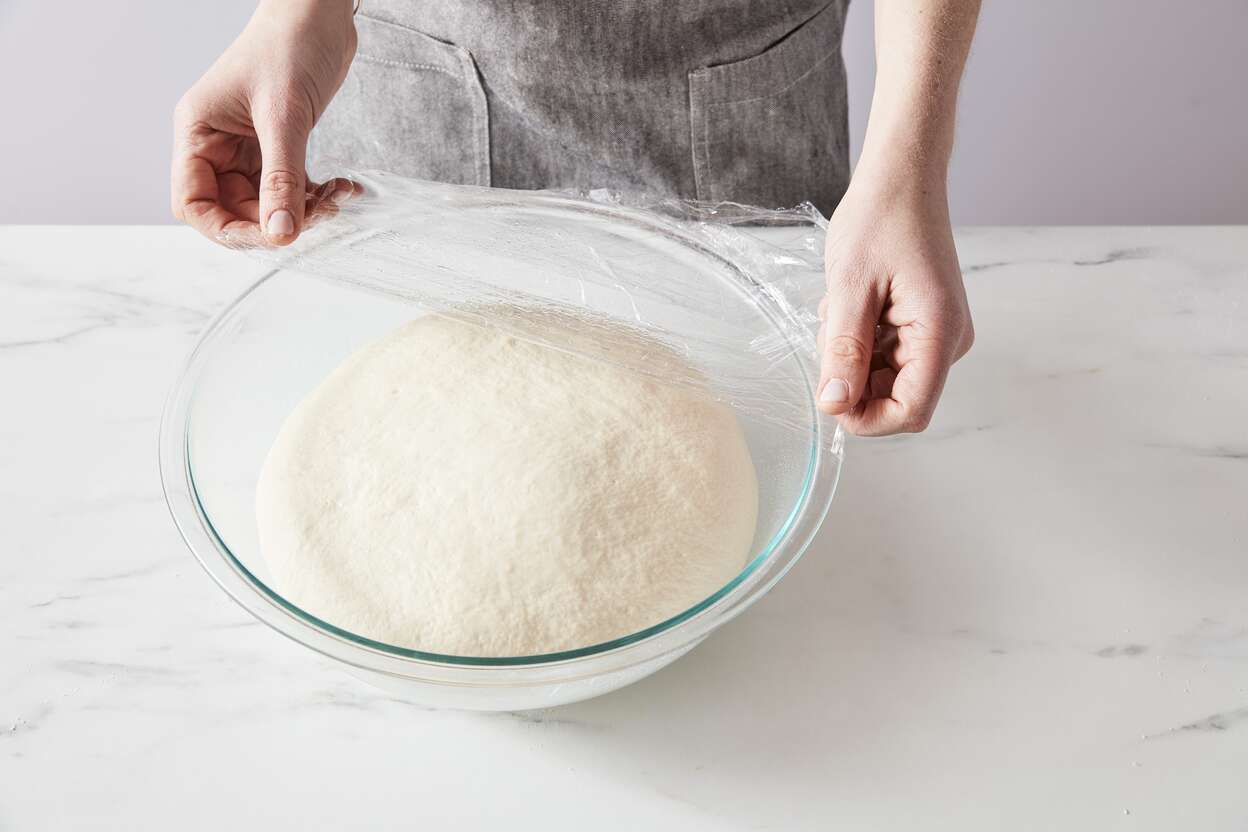
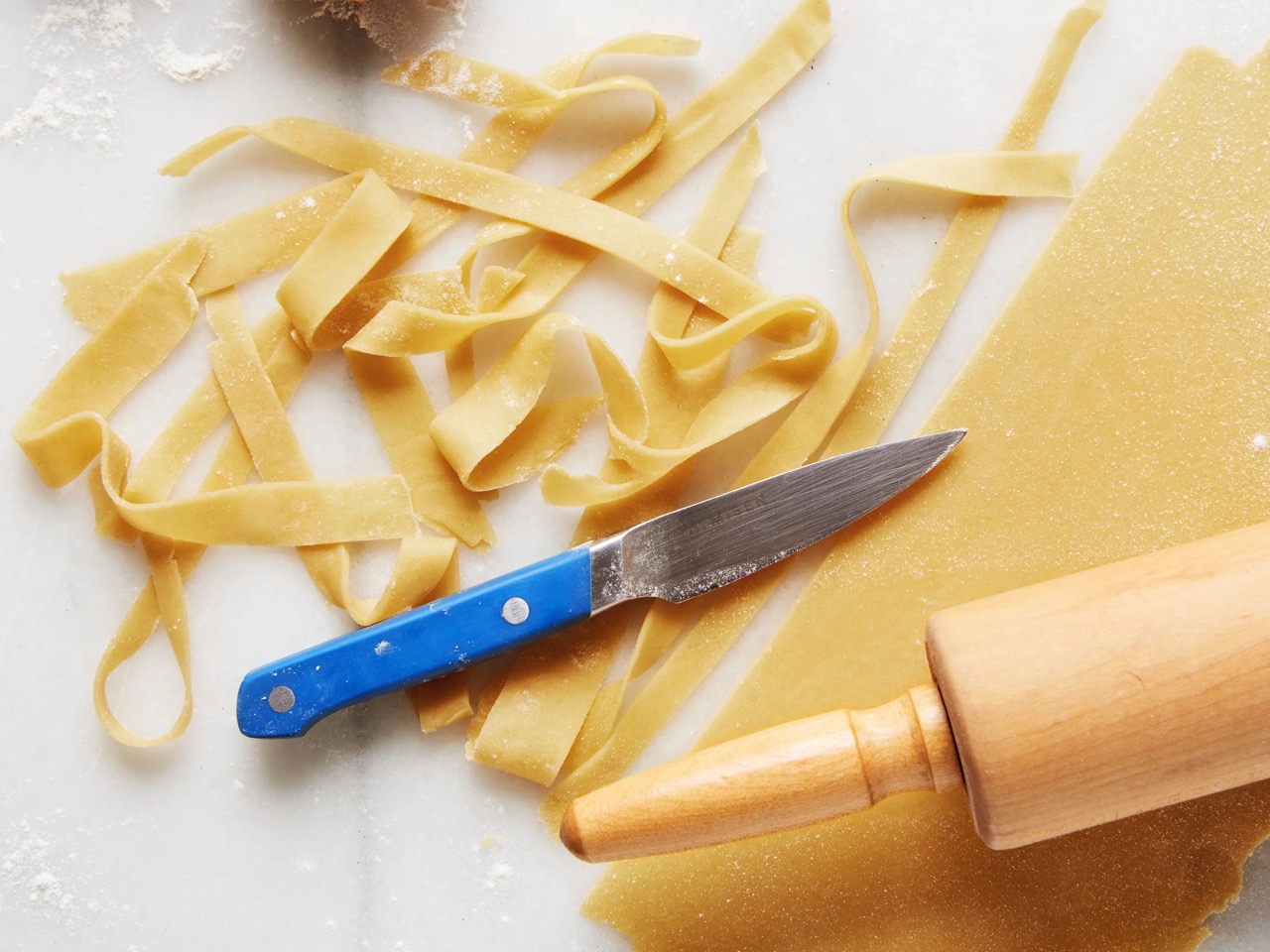

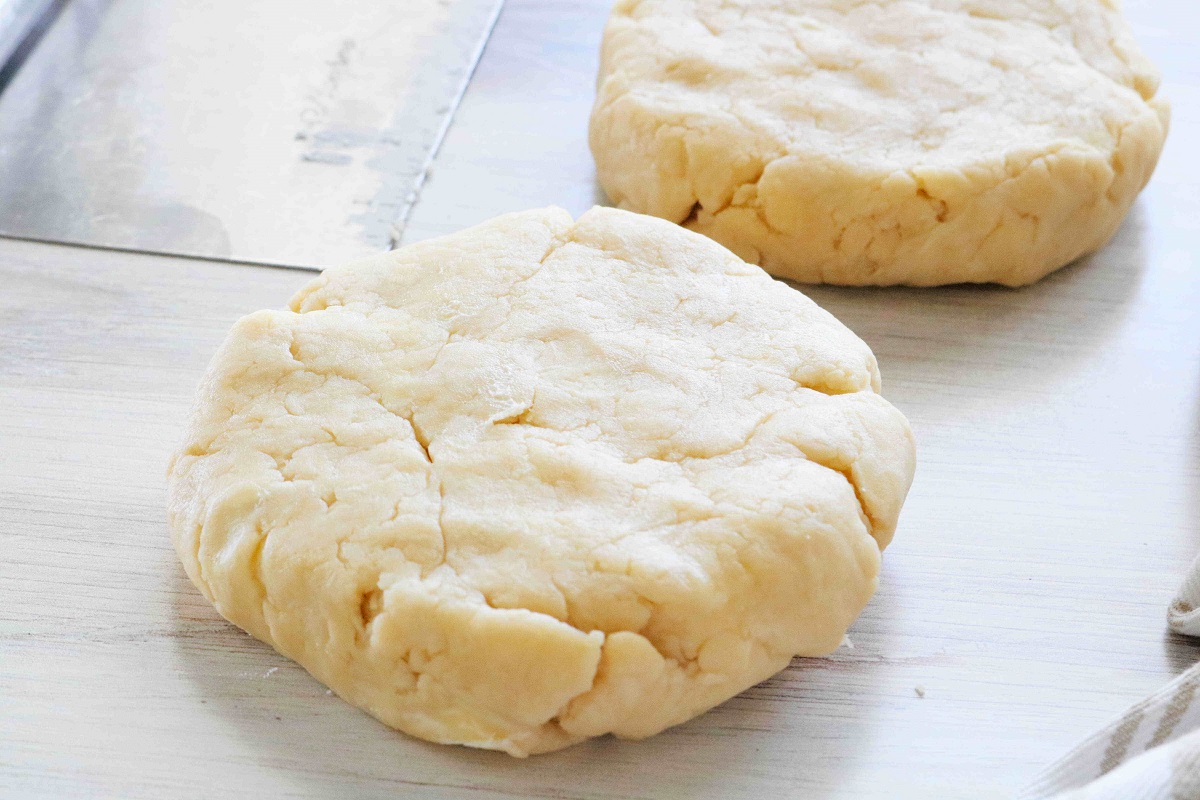
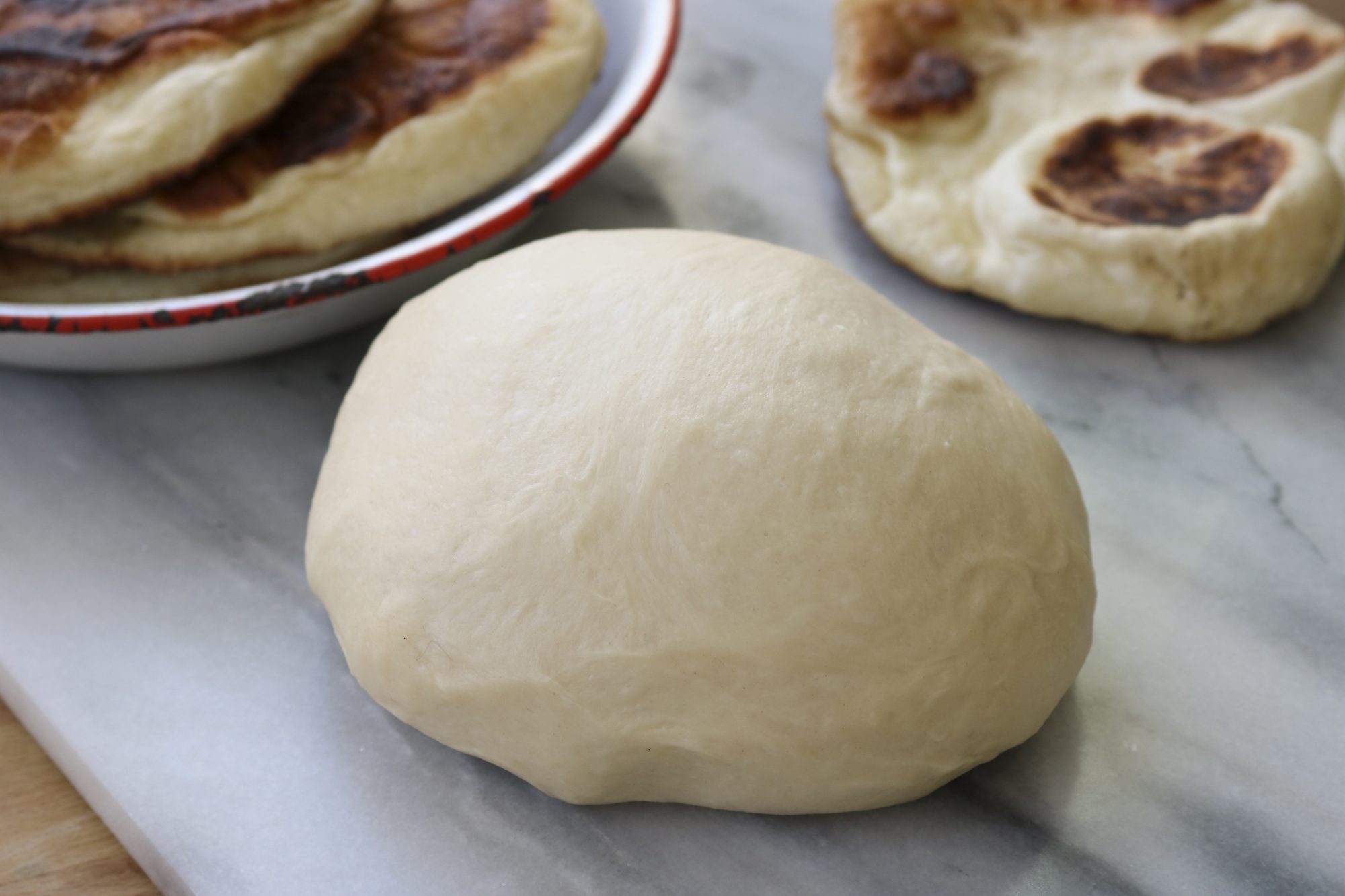
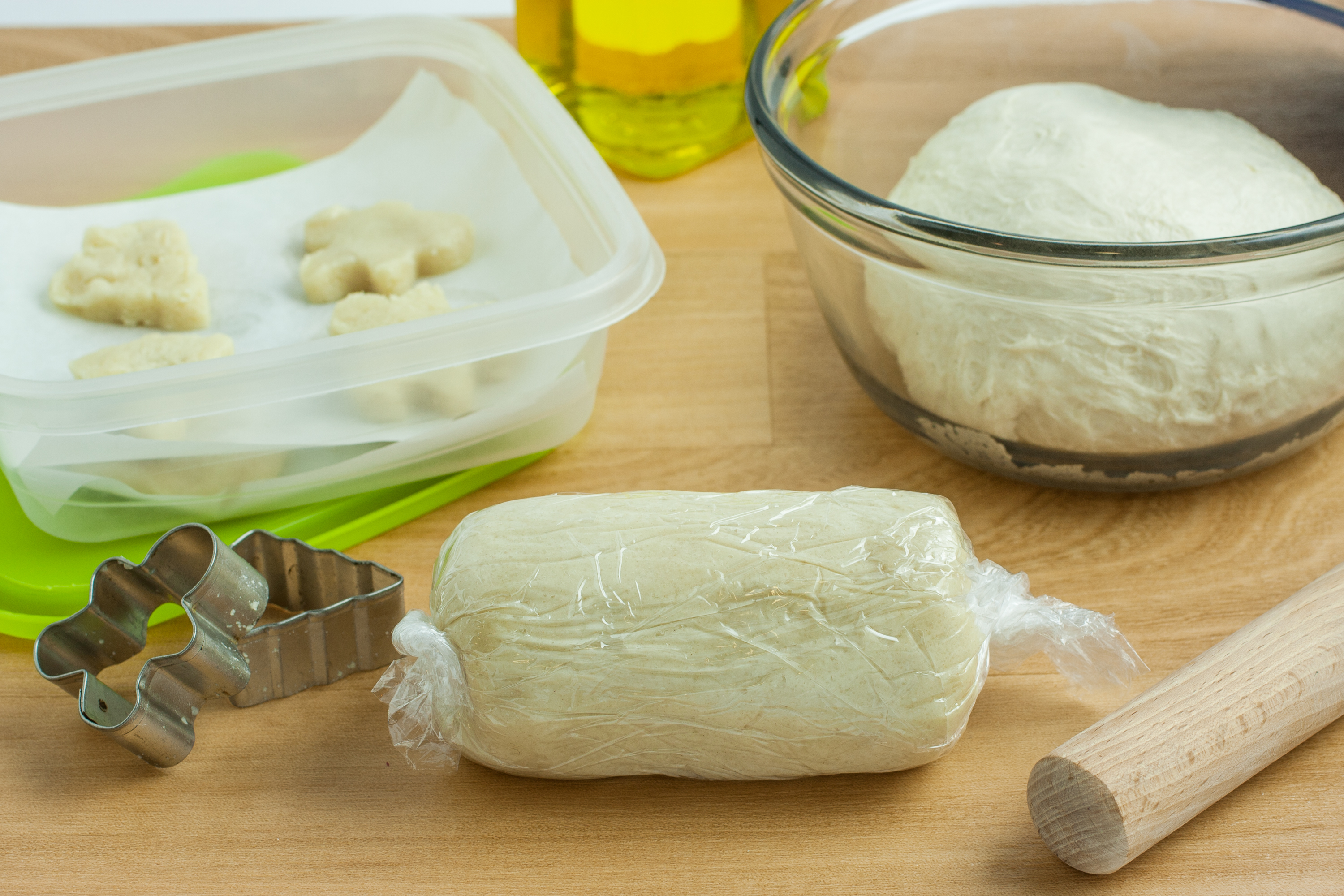
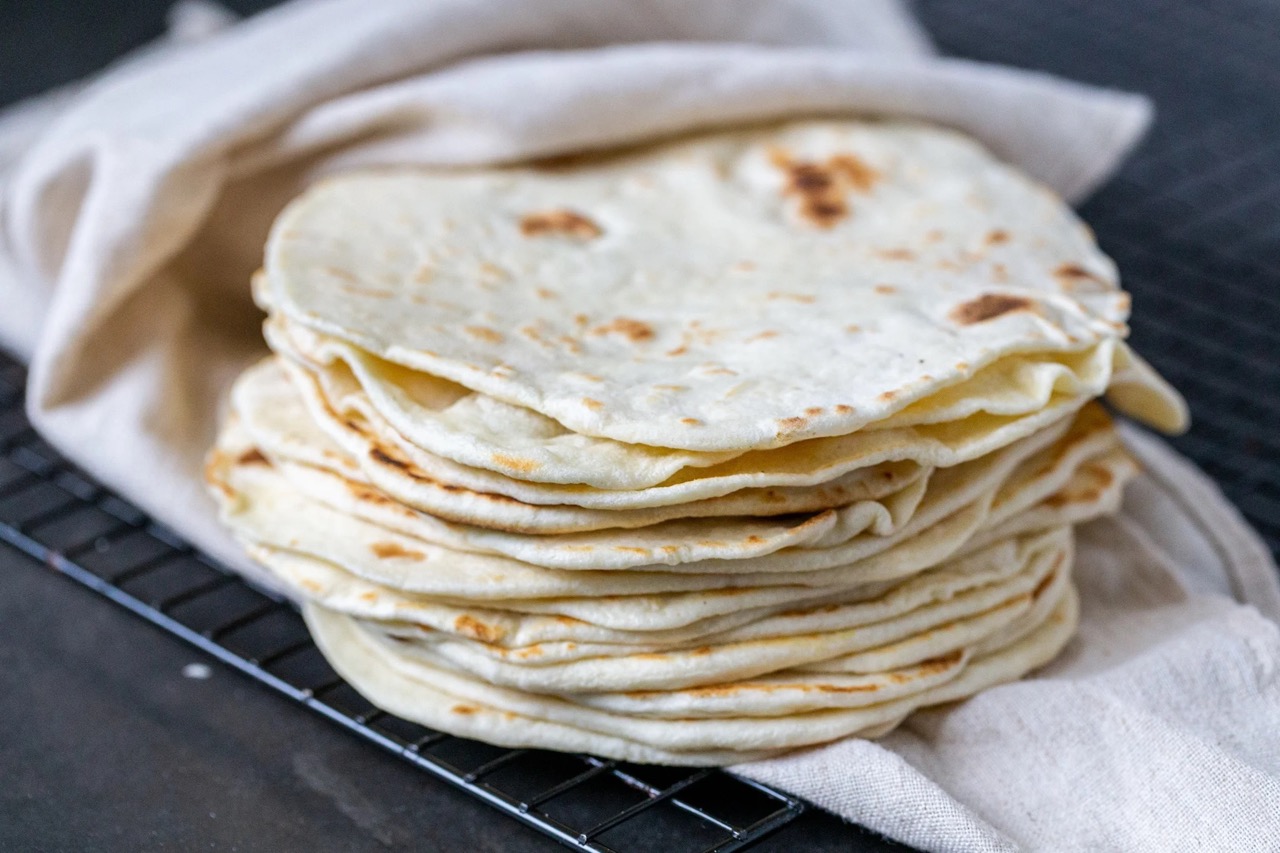
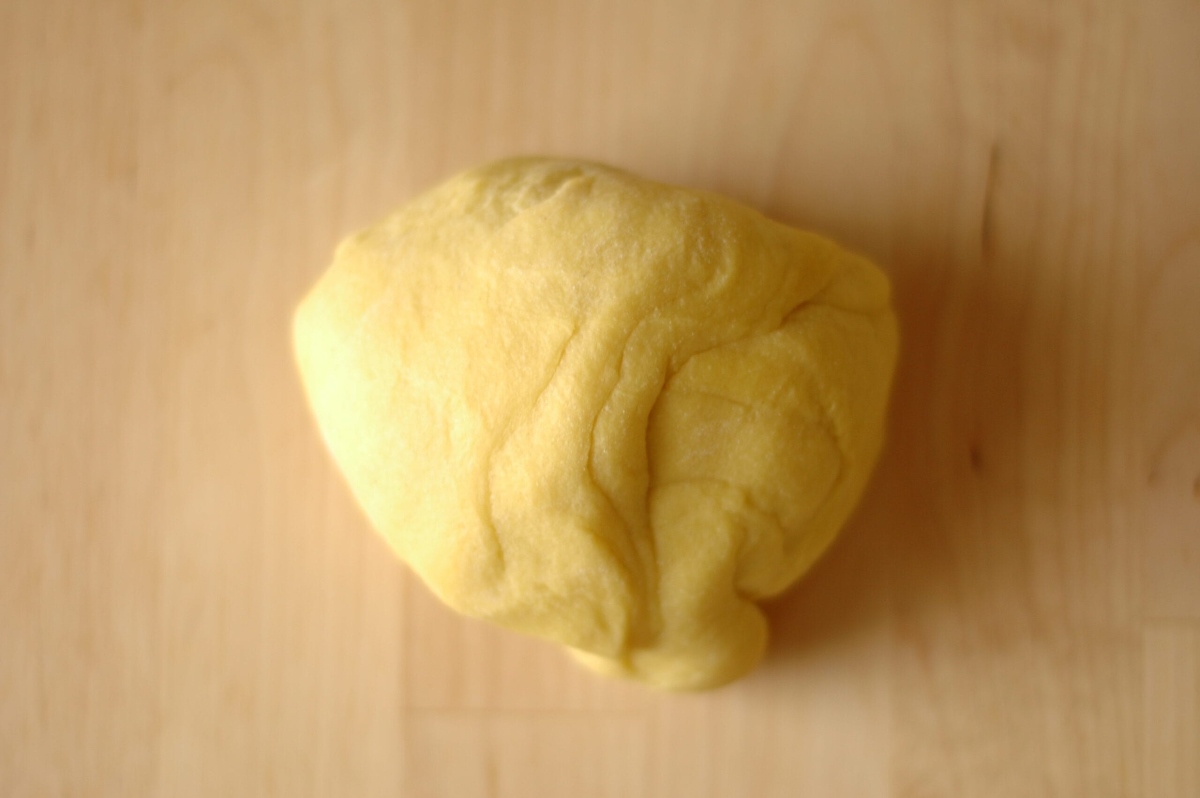
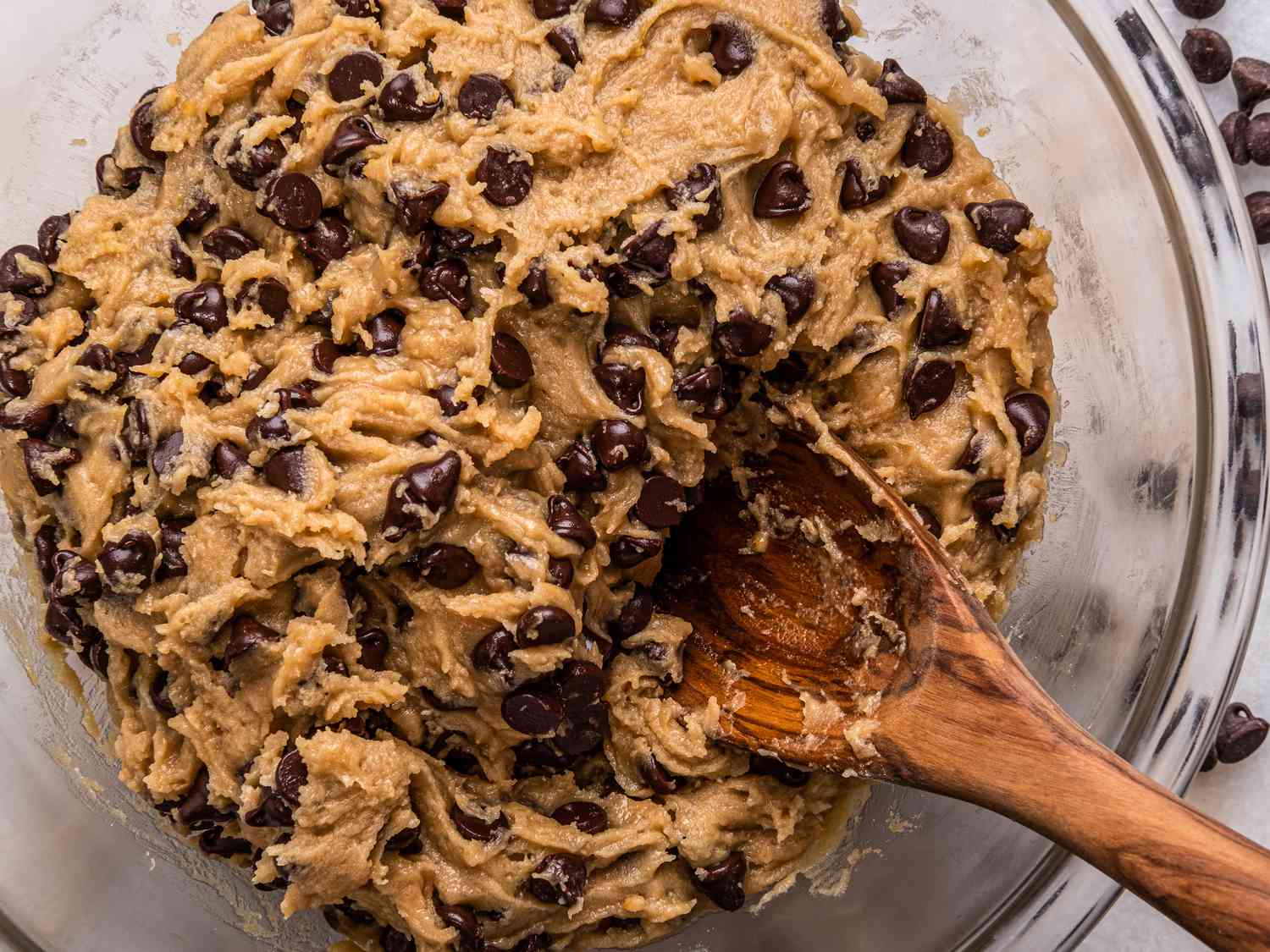
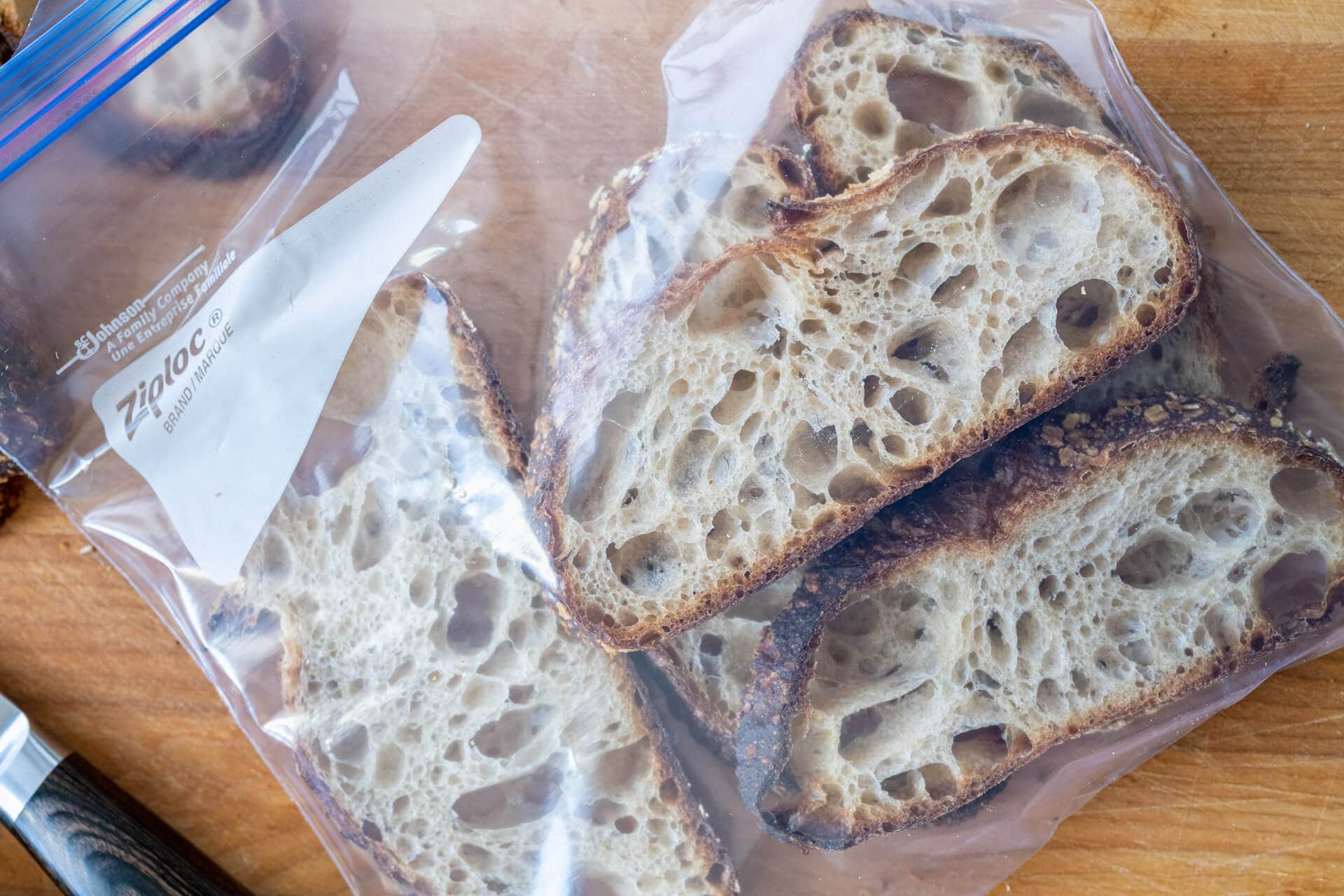
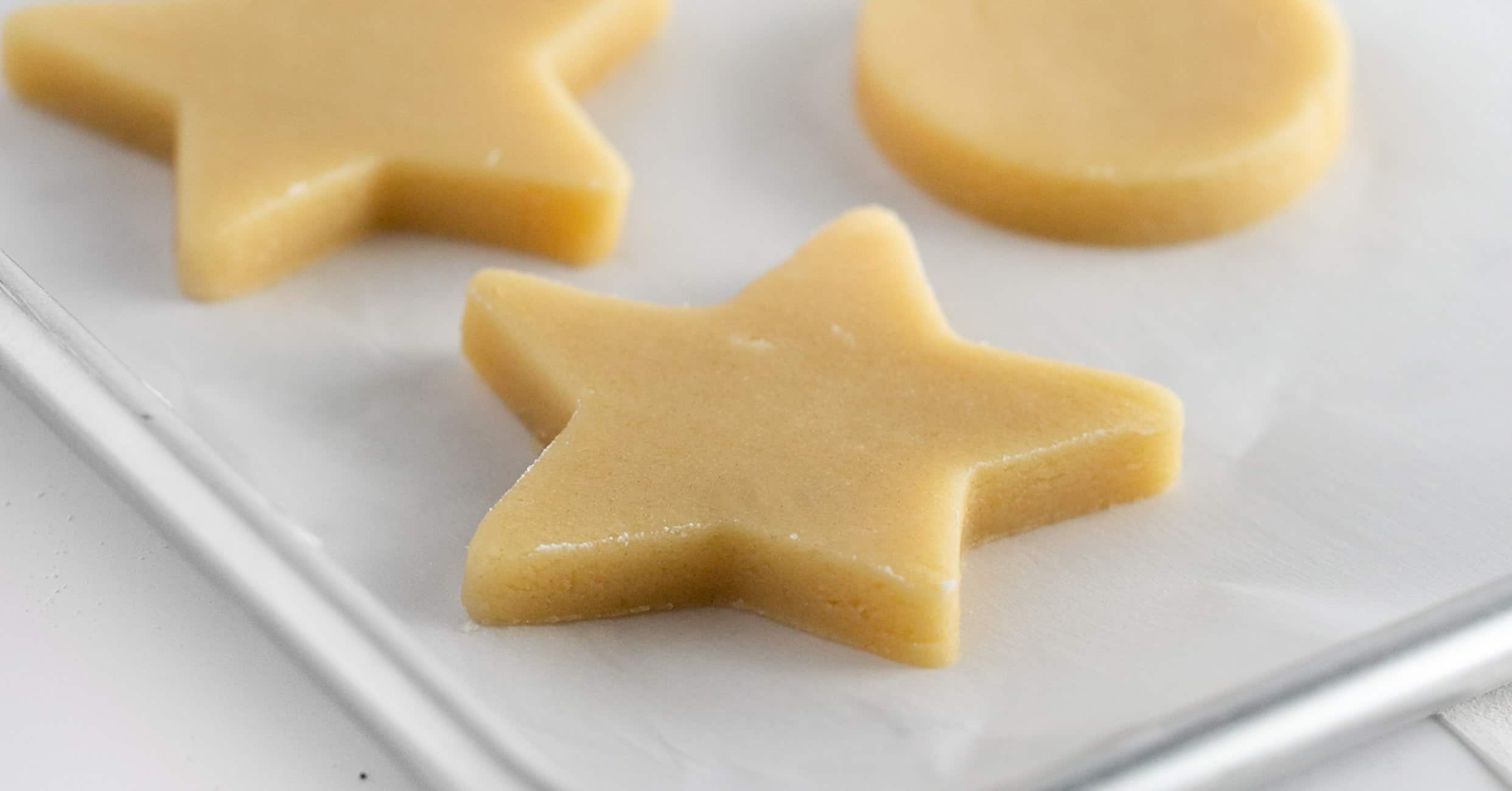
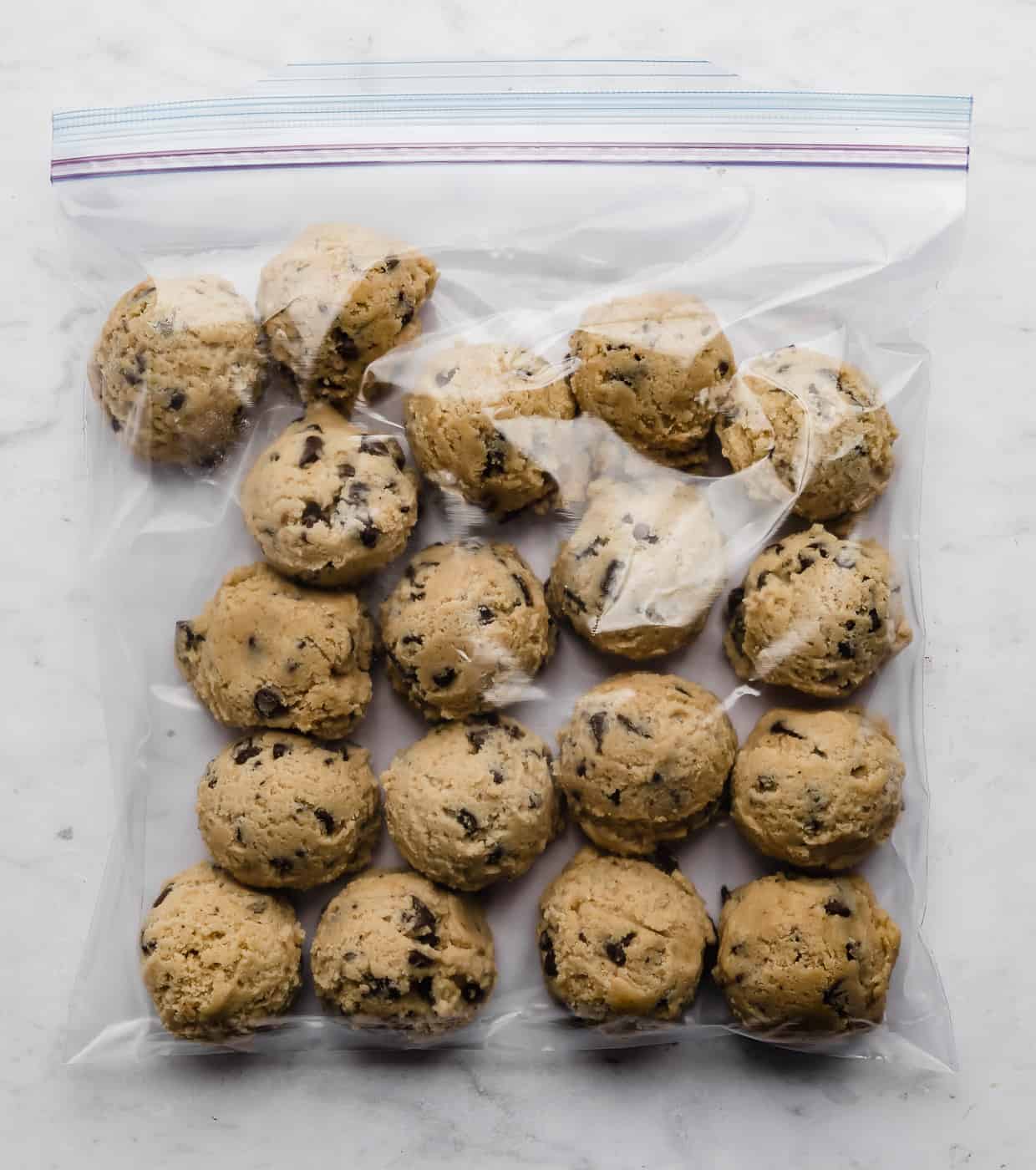
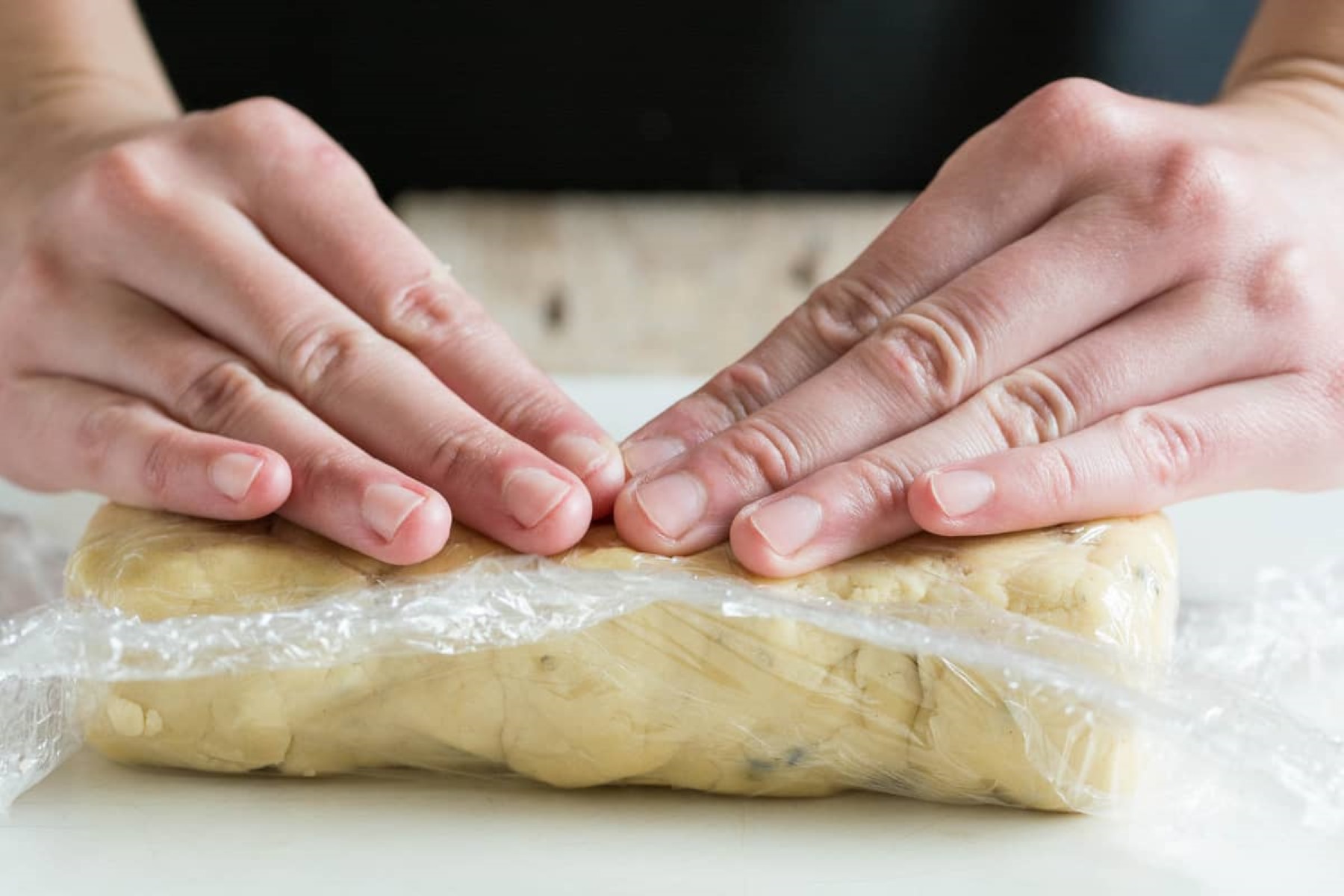
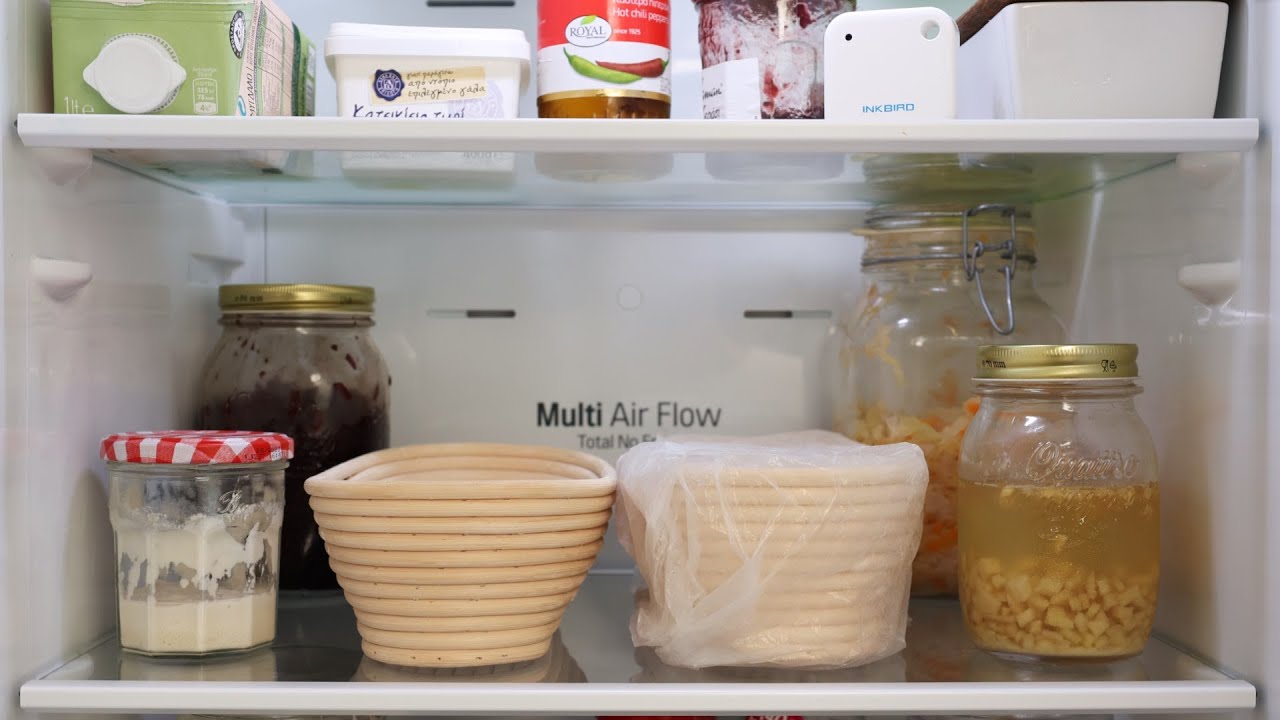

0 thoughts on “How To Store Masa Dough”